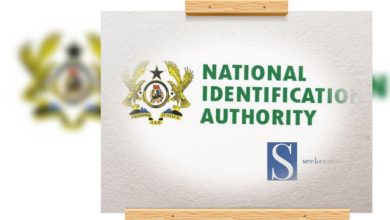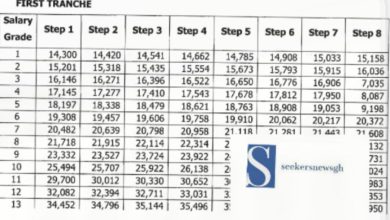Procedure to cash a cheque in Your Name from another bank Or at Your bank
Procedure to cash a cheque in Your Name from another bank Or at Your bank
A cheque is a written document by the Account Holder instructing the Bank to pay the account holder for the name appearing on the cheque in his or her bank account.
Here are the Different Types of Cheque:
Bearer Cheque: This is sometimes referred to as an “open cheque.” A bearer cheque is payable to the person who holds or “bears” the cheque. It can be encashed by anyone who possesses it, and it does not have a specific payee’s name. These cheques are generally not very secure, as anyone in possession of the cheque can cash it.
Order Cheque: An “order cheque” is sometimes referred to as a “closed cheque.” This type of cheque is payable to a specific individual or organization whose name is written on the cheque as the payee. Only the person or entity named on the cheque can cash or deposit it.
Certified Cheque: This is a type of cheque where the bank certifies that there are sufficient funds in the issuer’s account to cover the cheque. It is considered a secure form of payment because the funds are set aside by the bank, and the cheque is guaranteed to clear.
Cashier’s Cheque: A cashier’s cheque is issued by a bank and is drawn on the bank’s own funds. This cheque is typically used for large transactions or when a payee wants assurance that the funds are available.
Personal Cheque: These are cheques issued by an individual from their personal bank account. The payee can deposit the cheque into their own bank account.
Procedure for Cheque Withdrawal 1:
When you receive a cheque from a Person but do not have an account with the Bank where the Cheque is coming From:
Go to the Bank where the Cheque is coming from.
Give out the Cheque to the tellers to cash out as you have your name and address endorsed at the back.
Your Government ID will be required.
The bank will initiate the withdrawal after authenticating the cheque for you to have your cash.
There may be delays when the amount is large, know the withdrawal policy before giving out the cheque.
If you’ll receive such cheques frequently, it will be advisable to open an Account with the Bank.
Procedure for Cheque Withdrawal 2:
Withdrawing a Cheque from another Bank at your Bank:
Endorse the Cheque by signing at the Back and provide your address and Mobile number.
Prepare the Deposit: Along with the endorsed cheque, you may need to fill out a deposit slip, especially if you are depositing the cheque in person at a bank branch. The deposit slip will include your account number and the amount you are depositing.
Choose a Deposit Method: You can deposit the cheque using different methods, depending on your bank’s services.
Check for Holds: Be aware that banks may place a hold on the funds, especially if it’s a large cheque or if you’re a new account holder. This means you won’t have immediate access to the full amount. The bank will inform you of the hold duration, which can vary.
Withdraw Funds: Once the funds are available in your account, you can withdraw them according to your bank’s policies and available options. You can typically withdraw funds by visiting a bank branch, using an ATM, writing a cheque, or making electronic transfers.
It’s important to note that the time it takes for the funds to become available in your account can vary based on the bank, the type of cheque, and the amount. Be sure to verify the deposit and withdrawal procedures with your specific bank, as there may be variations in how different financial institutions handle these processes.






